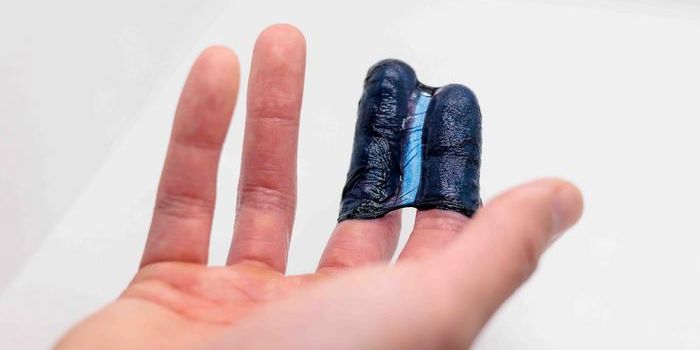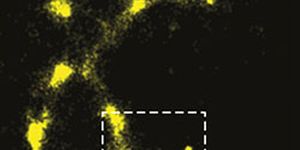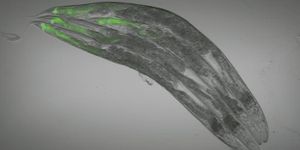Many people who have a heart attack will have to undergo either a coronary angioplasty or a coronary artery bypass graft surgery to make up for the amount of oxygen lost to the heart muscle during the attack. In a new study published in
PLOS Biology, researchers show for the first time how surgery could be avoided in the future with treatment of an angiogenesis-promoting protein.
AGGF1 is an “angiogenic factor” that promotes the proliferation of endothelial cells, the thin layer of cells that line the inner surface of blood vessels. In initial experiments, scientists saw that this protein relies on autophagy, a self-degradative process the body uses to balance sources of energy “at critical times in development and in response to nutrient stress, for effective blood vessel formation.
First, scientists saw early induction of autophagy when human endothelial cells were treated with AGGF1. The same induction occurred in mice hearts exposed to AGGF1, with other heart cells also showing induction of autophagy as well. When researchers manually inhibited autophagy while treating endothelial cells with AGGF1, blockage of blood vessel formation was seen at a very early stage, indicating that AGGF1-mediated angiogenesis requires effective autophagy.
Researchers also experimented with removing one or both copies of the AGGF1 gene in mice. Mice without either copy of the gene didn’t make past the embryonic stage. Sixty percent of the mice with only one copy did survive to adulthood, but they showed reduced levels of autophagy and subsequently reduced angiogenesis in their hearts.
Lastly, researchers also looked at the levels of AGGF1 in a mouse model of myocardial infarction (heart attack). Levels of AGGF1 drastically increased in the parts of the heart damaged by a lack of oxygen supply after the attack. However, treating these mice with exogenous AGGF1 increased the amount of mice models that survived two and four weeks after heart attack, as well as improved other measurements relating to heart health.
There’s still a wide gap to fill between what scientists know for sure about AGGF1 and myocardial infarction in mice and the same condition in humans, but the potential depicted by this study’s results represent a truly promising future for reducing the invasiveness of post-heart attack medical care.
Sources:
PLOS,
NCBI,
American Heart Association,
The Journal of Pathologies









